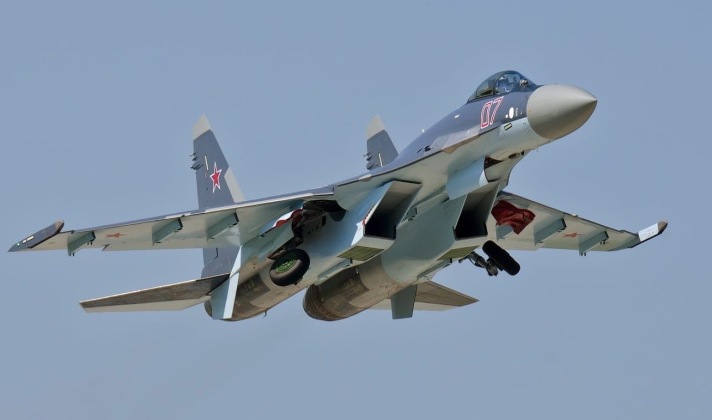News
China’s J-16 Heavyweight Fighter Continues to Dwarf Russian Cousin Su-35 in Production: Tenth Brigade Now Operational

The Chinese People’s Liberation Army (PLA) Air Force has inducted its tenth batch of J-16 heavyweight fighter jets into frontline service, with the first clear images of aircraft with Batch 10 construction numbers appearing in the final week of November – namely fighter no. 1013. The tenth batch appears to have been used to equip the 6th Air Brigade based at Suixi, Guangdong Province, which operates under the Southern Theatre Command responsible for operations in the South China Sea. Beyond the tenth batch, the fifth production fighter from the eleventh production batch of J-16s was first seen at the Zhuhai Air Show on November 5, which indicated a fleet size of approximately 300 J-16s in service. Although only third among Chinese fighters in terms of production scale, the J-16 is being produced at a very significantly higher rate than any Western or Russian fighter other than the American F-35.
The J-16 is a derivative of the Soviet Su-27 Flanker which China first acquired in 1991 and began to produce under license shortly afterwards, with the revolutionary design considered the most capable for air to air combat in the Cold War era. While Flanker derivatives have made up over 95 percent of fighter acquisitions by the Russian Air Force over the past quarter century, the much greater size of China’s air force and greater sophistication of its industrial base and tech sector have allowed the J-16 to be acquired on a scale dwarfing that of any Russian Flanker variant. This has been a particularly notable achievement when considering that the J-16 forms only a fraction of Chinese fighter acquisitions, in contrast to Flankers’ overwhelming dominance of Russia spending on fighter acquisitions.
With approximately 300 J-16s in service, this figure contrasts sharply with the top Russian Flanker variant the Su-35S of which only around 100 are thought to be operational. Both fighters are estimated to have entered service in 2014, and with approximately 150 Su-35s having been built, 48 of them for export, this means the Su-35 has been built on only half the scale of the J-16 despite its much more important position in the Russian fleet than the J-16 has in the Chinese. The J-16 comes in a standard twin seat configuration and is not specialised in any particular role, in contrast to the purely single seat Su-35 which is heavily oriented towards air to air engagements. The J-16 is thought to be less costly largely due to economies of scale and the greater efficiency of China’s defence sector, and uses superior composite materials and stealth coatings, a more sophisticated radar and more advanced avionics and weapons, while the Su-35 benefits from use of triple rather than a single radar, a higher endurance and more powerful engines. Although the two fighters are considered well matched, the J-16’s scale of production highlights the vast discrepancy between the Chinese and Russian defence sectors which began to emerge in the 1990s after the latter contracted to a fraction of its Soviet era size. The fact that China has fielded the much more capable next generation J-20 since 2017, which forms the PLA Air Force’s elite, further serves to highlight the discrepancy between the two countries since Russia is not expected to field any next generation fighter in numbers comparable to China’s current J-20 fleet until at least the mid 2030s.

The Su-35 was initially expected to be produced exclusively for export, and was heavily based on the Su-37 and Su-27M designs which were both considered ready for serial production in the 1990s but were not financed due to economic crisis in Russia. The fighter was belatedly financed in 2009, albeit domestically rather than with export revenues, with plans initially stipulating that 200 aircraft be built – 100 for the Russian Air Force and 100 for export. The lack of Chinese demand, and Western pressure on other potential clients, undermined export prospects and led the Russian Defence Ministry to place more orders, with very serious delays to the more ambitious Su-57 fighter program also being a factor in this decision. More recently, however, Iranian interest in the Su-35 has raised the possibility of much needed major export contracts finally materialising for the fighter. The J-16 by contrast has not been and is unlikely to ever by exported, as the Soviet origin of the Flanker design has resulted in the prohibition of such sales to directly compete with Russian platforms.












